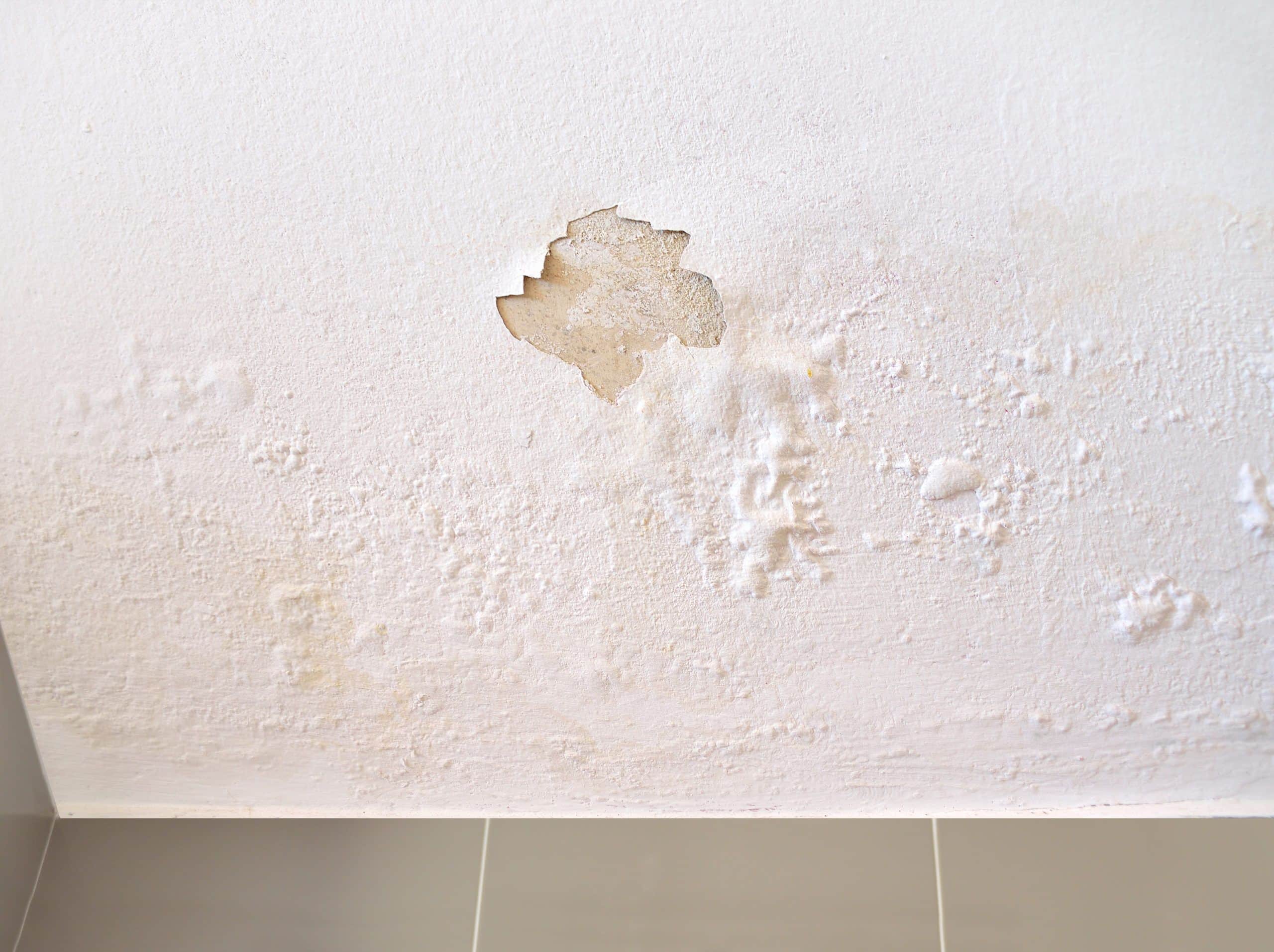From Detection To Correction - Managing Water Stains On Your Walls
From Detection To Correction - Managing Water Stains On Your Walls
Blog Article
Are you looking for know-how concerning Water Stains on Walls?

Water discolorations on walls are not pleasant to the eyes. Your house must be without spots on the wall surfaces, roofing, or floorings. That is the suitable state of a house as well as its structures. In some cases it appears practically inevitable to experience water spots on walls in houses.
Property owners living in moist areas constantly deal with the concern of water stains on wall surfaces. With all-around and also accurate info on the reasons of water spots and also timely fixing processes, you will certainly always be an action ahead of such events.
3 Common Sources Of Water Discolorations on Wall Surfaces
As opposed to popular belief, water discolorations on wall surfaces do not always stem from inadequate building materials. There are numerous root causes of water stains on wall surfaces. These include:
Damp
When warm damp air meets with completely dry chilly air, it causes water beads to form on the walls of structures. When there is heavy steam from food preparation or showers, this takes place in shower rooms and kitchen areas. The water beads can stain the bordering walls in these parts of your residence and infect other areas.
Damp or condensation impacts the roof covering and walls of buildings. When the wall surface is damp, it creates an appropriate atmosphere for the development of germs and fungi.
Poor Drainage
When making a building strategy, it is critical to ensure sufficient drain. This will certainly protect against water from permeating into the walls. Where the drain system is blocked or missing, below ground dampness accumulates. This links to excessive wetness that you discover on the walls of your building.
So, the leading reason for wet walls, in this situation, can be a bad drain system. It can likewise be because of bad administration of sewage pipes that run through the building.
Pipe Leaks
Most homes have a network of water pipes within the wall surfaces. This makes certain that the pipelines are faraway from the reach of harmful rats. It constantly enhances the practicality of such pipes, as there is little oxygen within the walls. This prevents rust.
Yet, a disadvantage to this is that water leak impacts the walls of the building and causes prevalent damages. An indication of malfunctioning pipes is the look of a water discolor on the wall surface.
Pro Suggestion
A houseplant in your home additionally boosts its humidity. If the residence is currently moist, you may want to present houseplants with marginal transpiration. An example of suitable houseplants is succulents.
Water Stains on Wall Surface: Repair Work Tips
When dealing with water spots, homeowners would usually desire a fast repair. Yet, they would quickly recognize this is detrimental as the water discolorations persist. Right here are a few practical tips that will certainly direct you in the repair service of water discolorations on walls:
Final thought
No one wants to have water spots on wall surfaces in their home, it can occur to the ideal of us. This write-up gives you utilize, as you currently know exactly how to manage this mishap if it does occur.
It is constantly best to hire professional services to aid fix the damages in your home.
Occasionally it appears practically inescapable to experience water discolorations on walls in houses.
In contrast to popular belief, water stains on walls do not constantly stem from inadequate building materials. There are a number of reasons of water discolorations on walls. The water droplets can stain the surrounding wall surfaces in these components of your home and spread to other locations.
Below are a couple of useful suggestions that will assist you in the fixing of water stains on walls:
What Causes Water Stains on Walls and Ceilings?
What Causes Water Stains?
Leaks cause water stains no matter whether on walls or ceilings. Potential sources are bathroom elements like an overflowing toilet, bathtub, or sink. A damaged roof allows precipitation to leak, causing staining, and leaky pipes also cause water stains. Whatever the leak source, water finds its way into places it shouldn’t, eventually evaporates, and leaves behind mineral deposits that cause the unsightly discoloration known as a water stain.
What Do I Do If I See Water Stains?
If you notice water stains or water damage, a closer inspection is needed. First, determine whether active moisture exists. If so, you may have an active leak requiring a greater sense of urgency. If you have an active leak, you’ll want to get someone over as soon as possible. On the other hand, dry water stains could be from a one-time event and a relative non-issue. In either case, we recommend hiring a professional plumber to inspect the stains and the leak source to determine the root cause and avoid further water damage.
https://www.orlando-plumber-services.com/blog/what-causes-water-stains-on-walls-and-ceilings/

I hope you enjoyed reading our topic on How to Find and Repair Water Leaking in the Wall. Thanks a ton for taking the time to read our blog post. Feel free to take the time to promote this blog posting if you liked it. Thanks so much for taking the time to read it.
Visit Page
Report this page